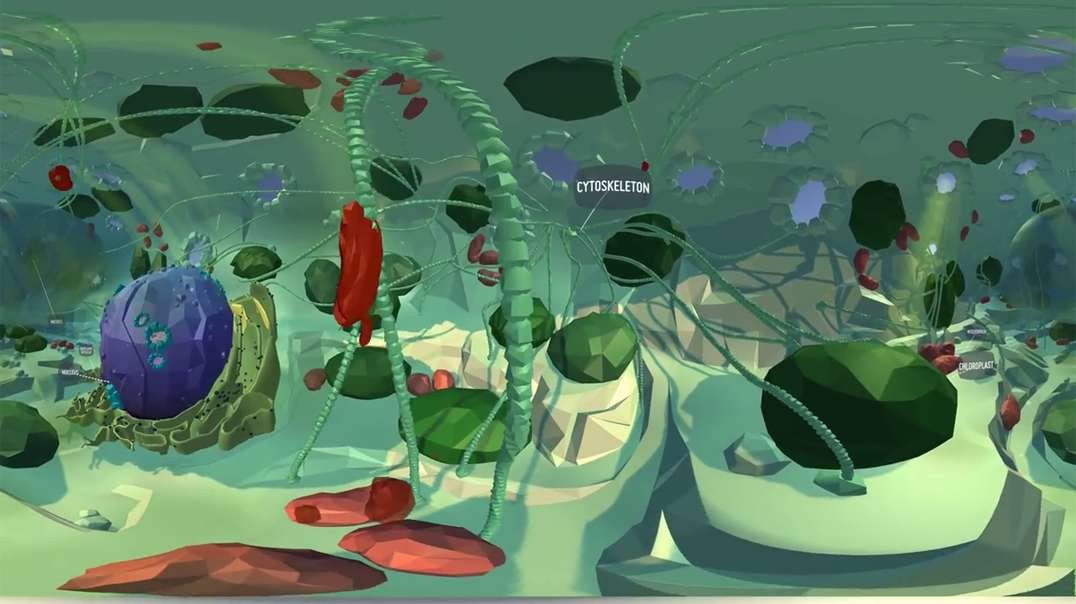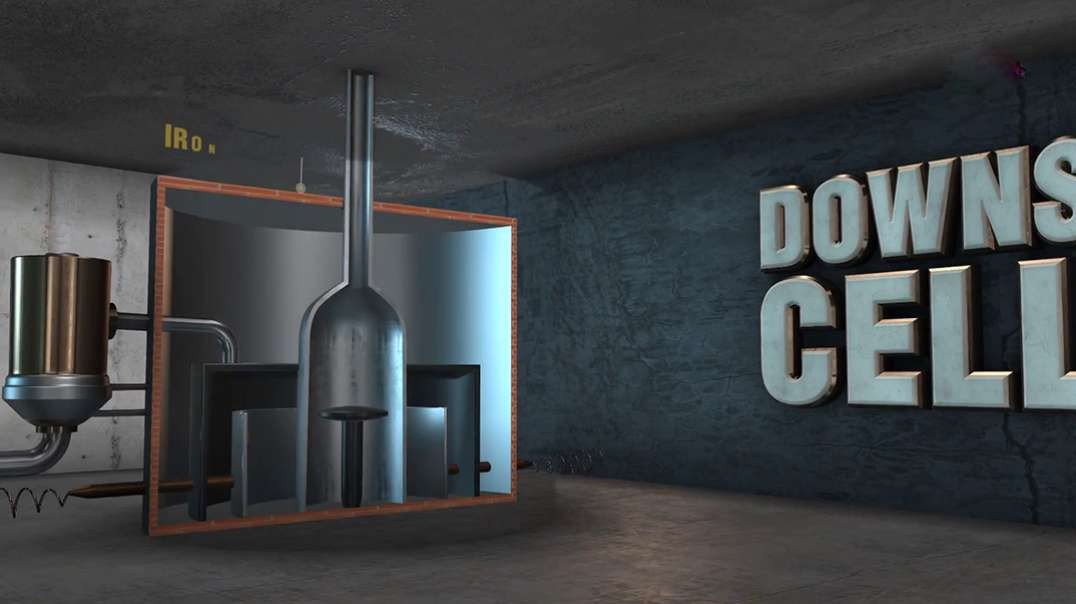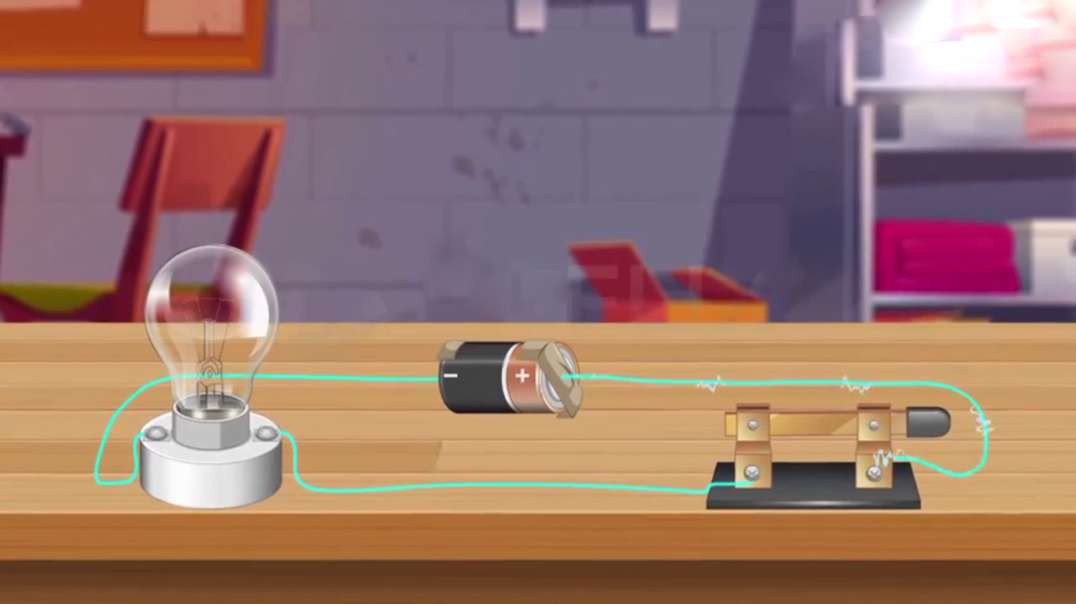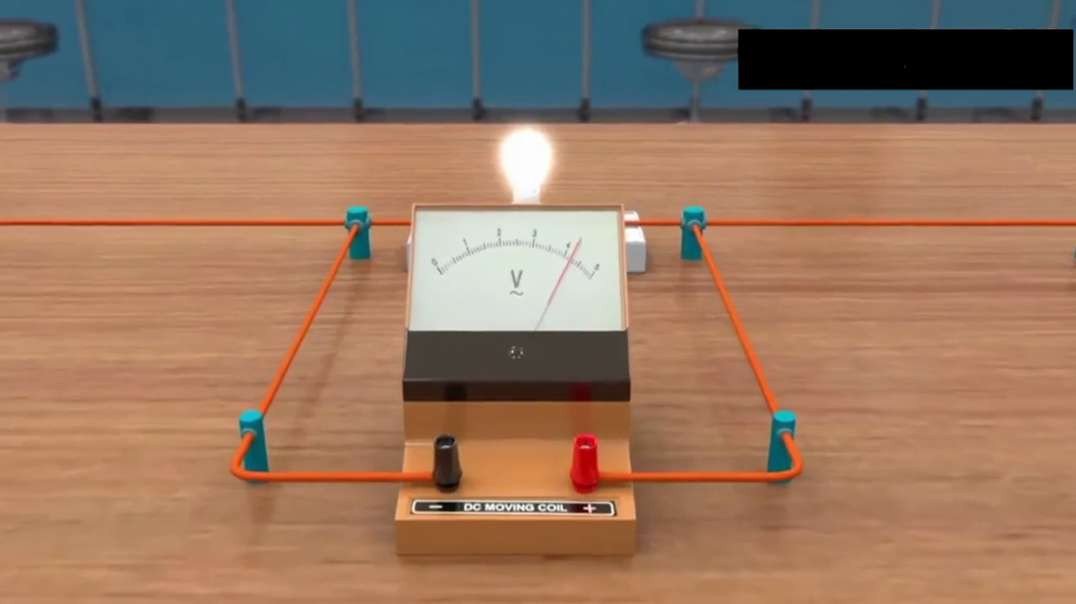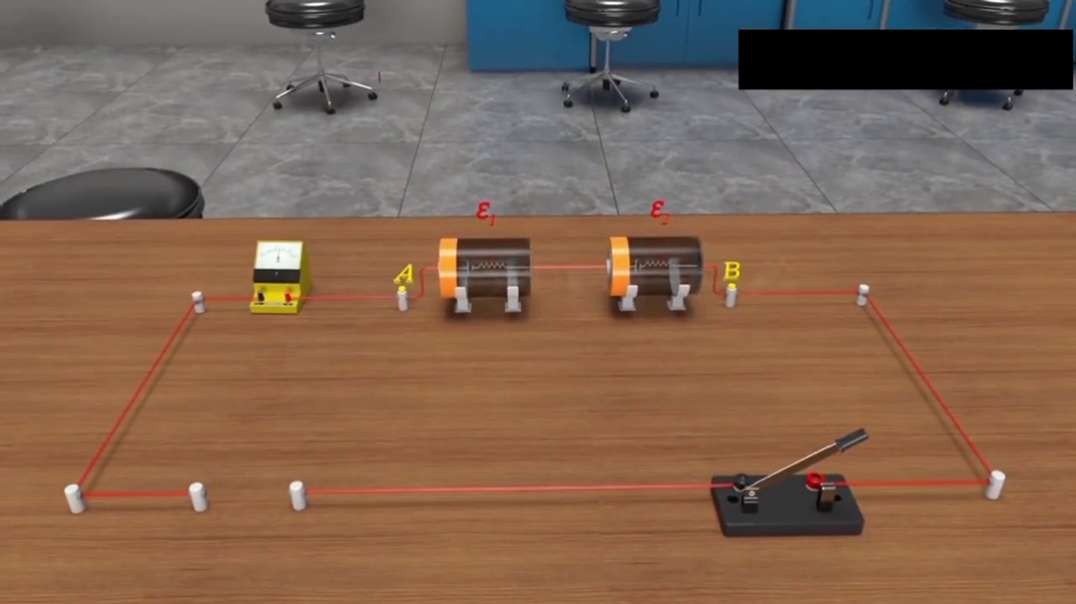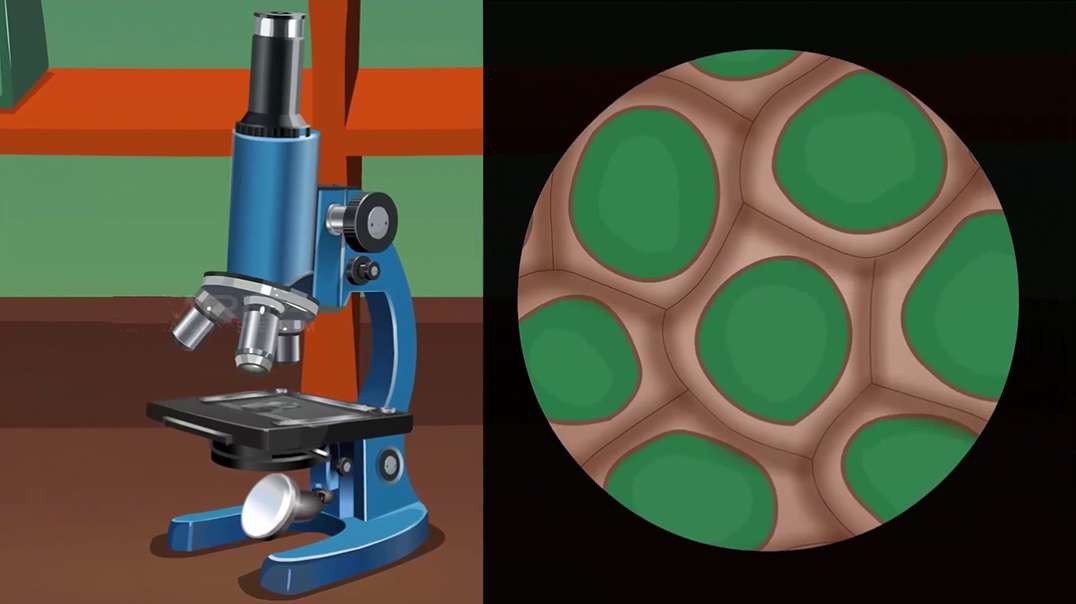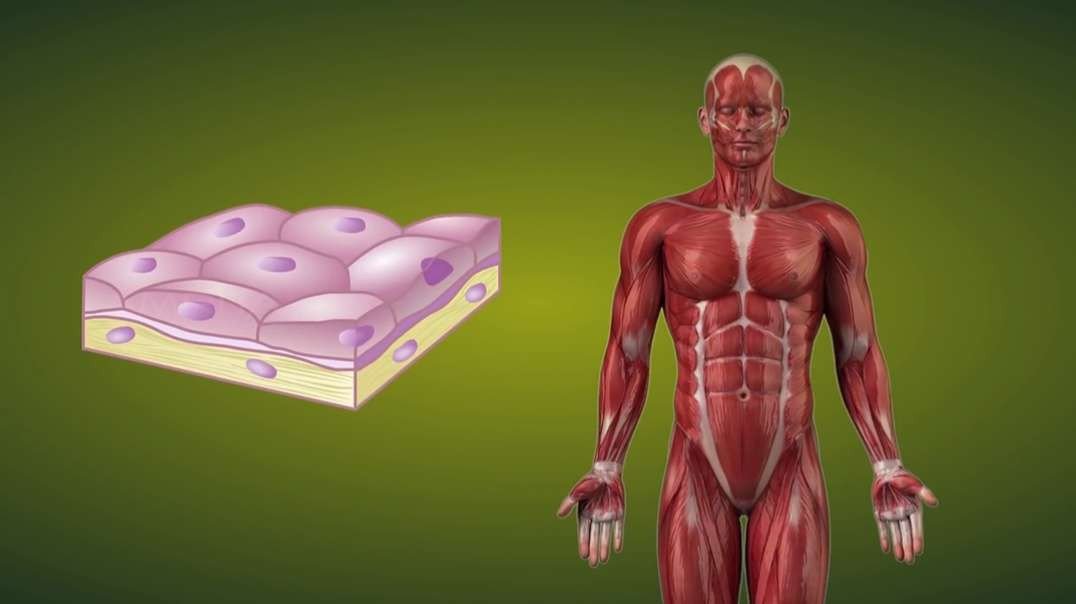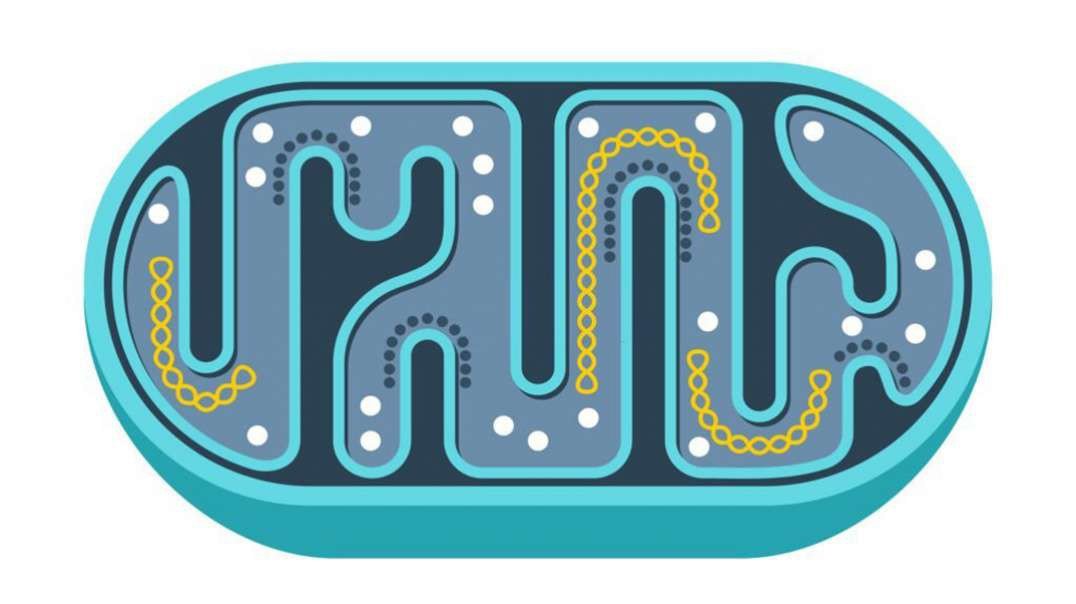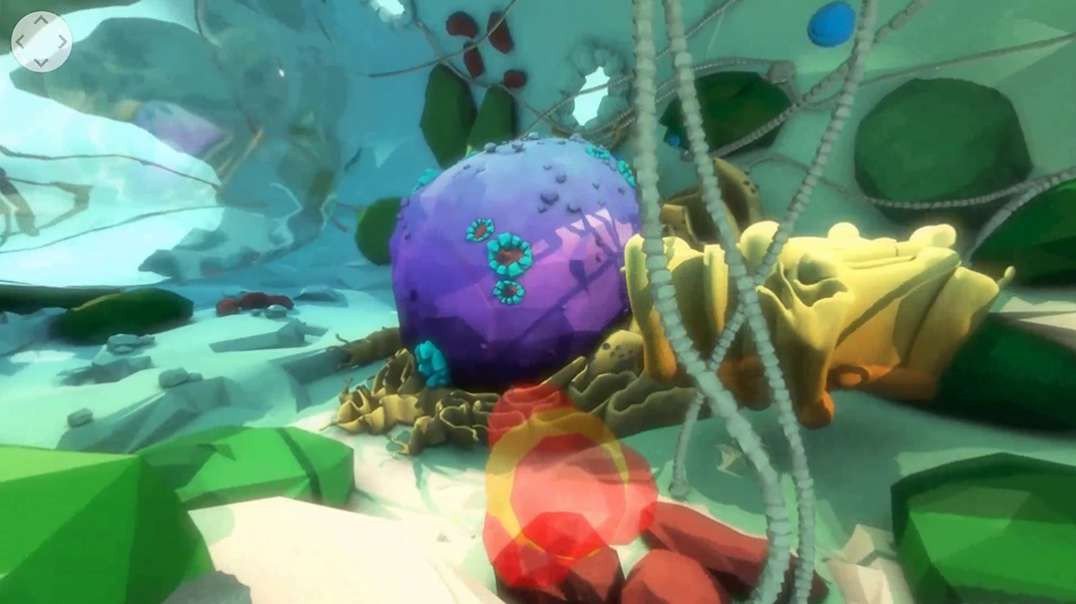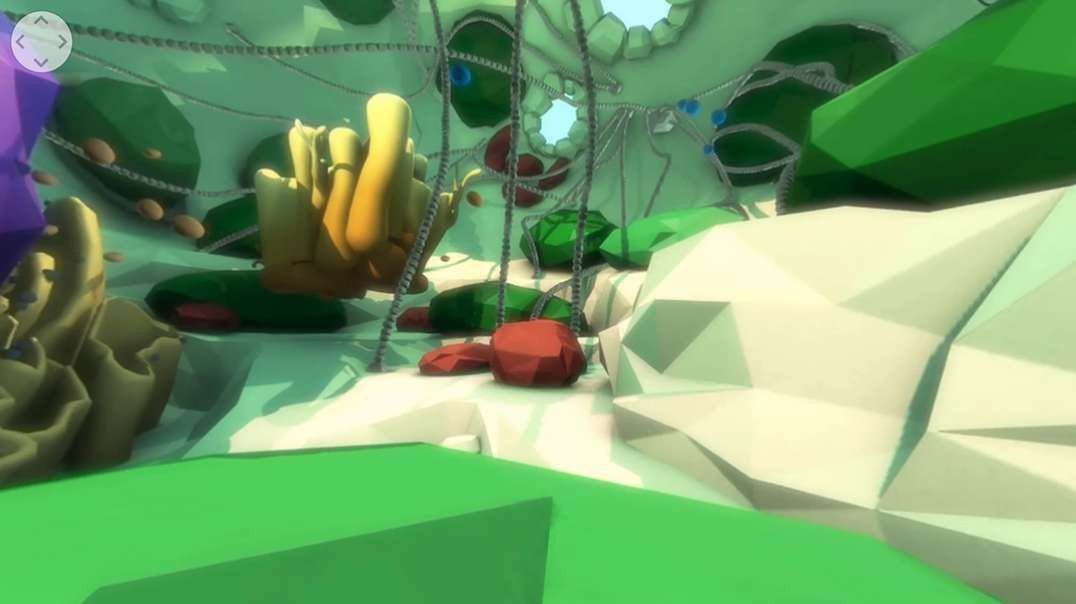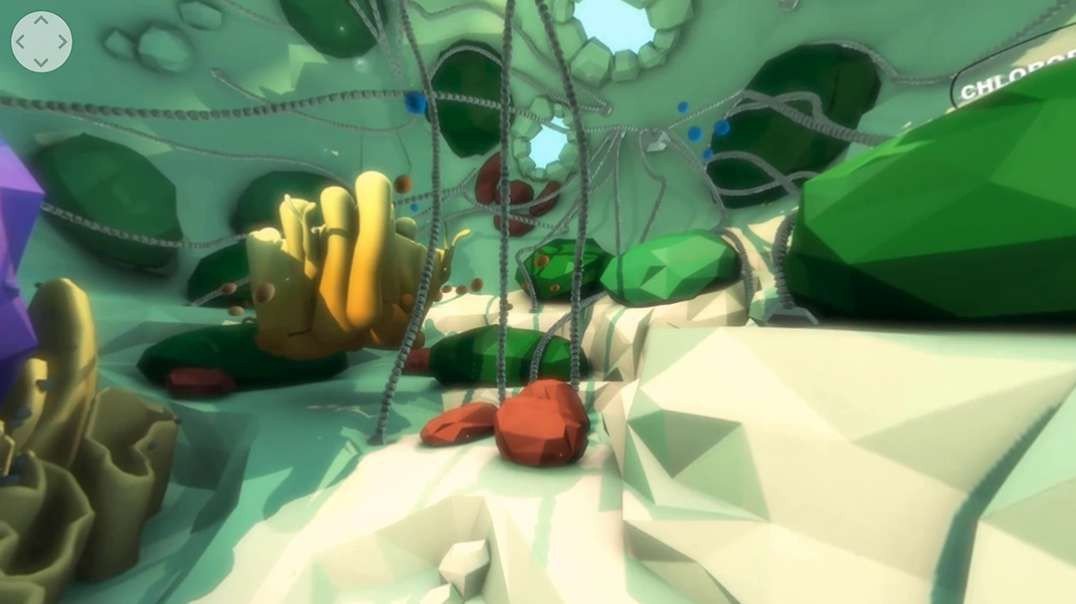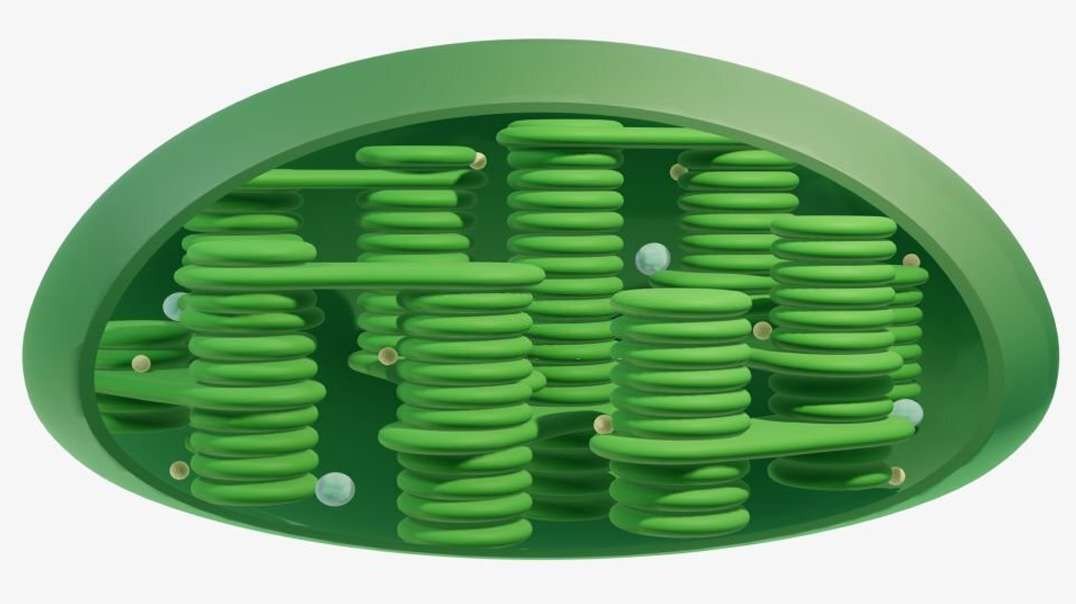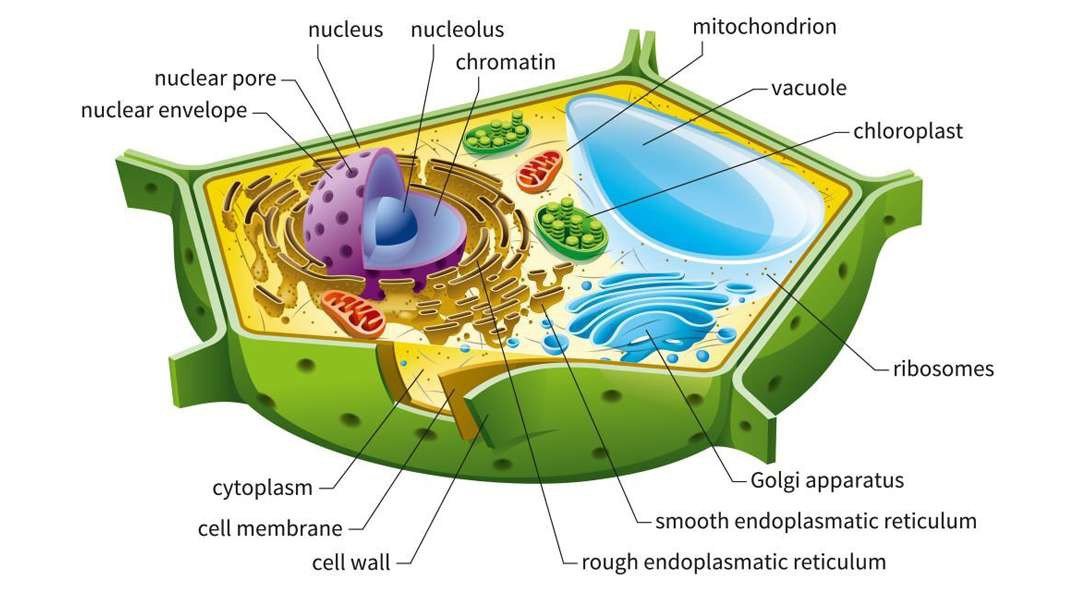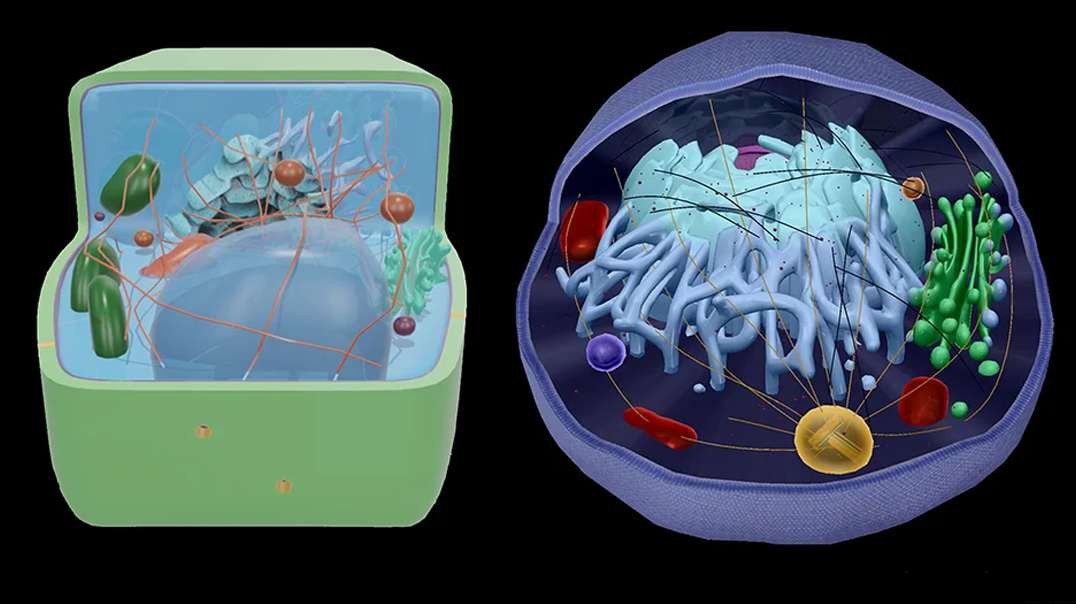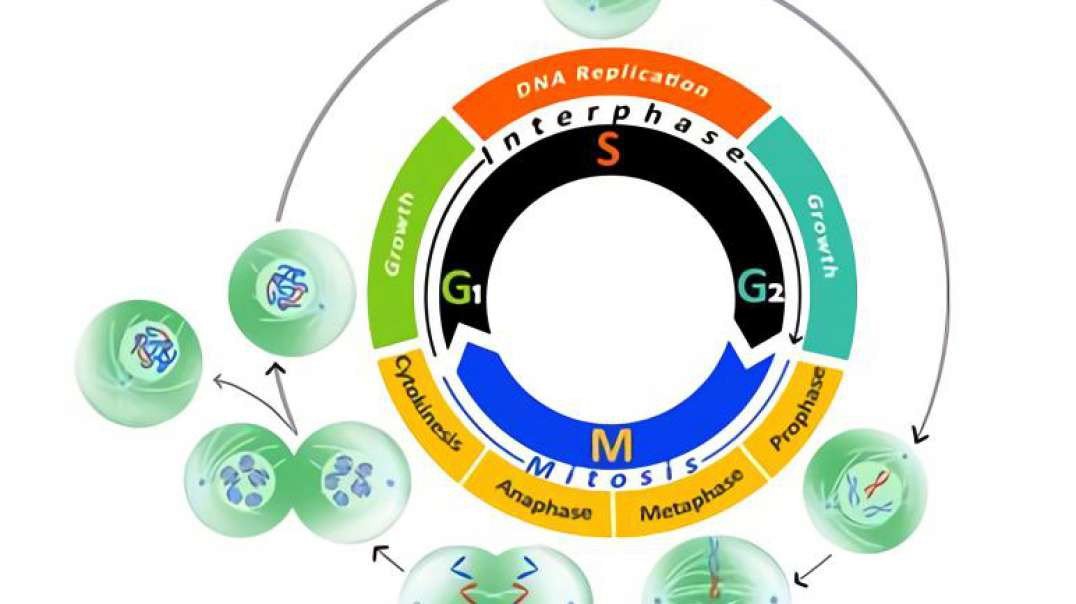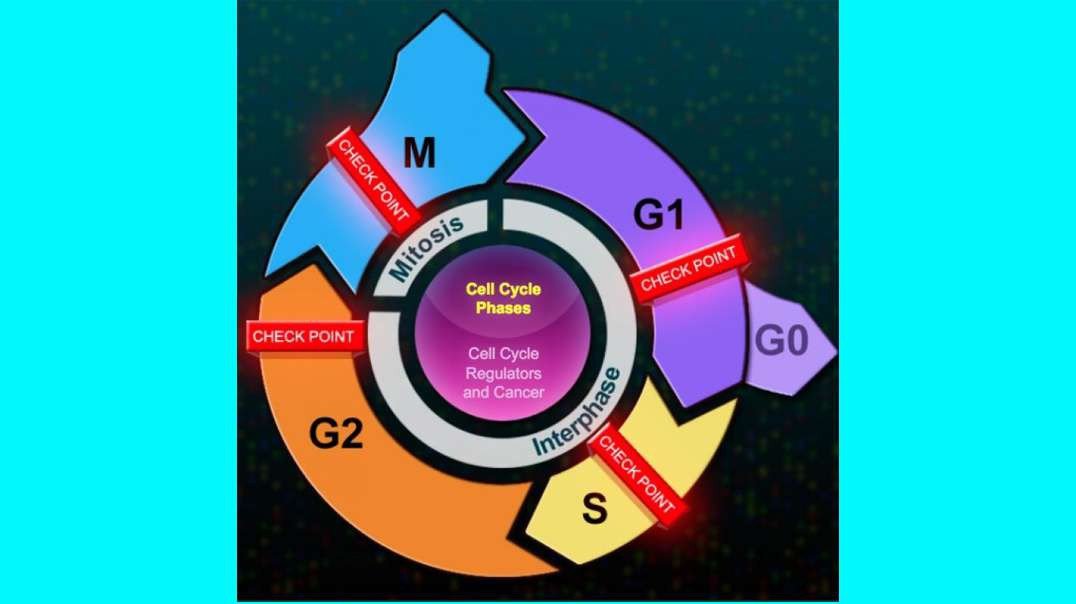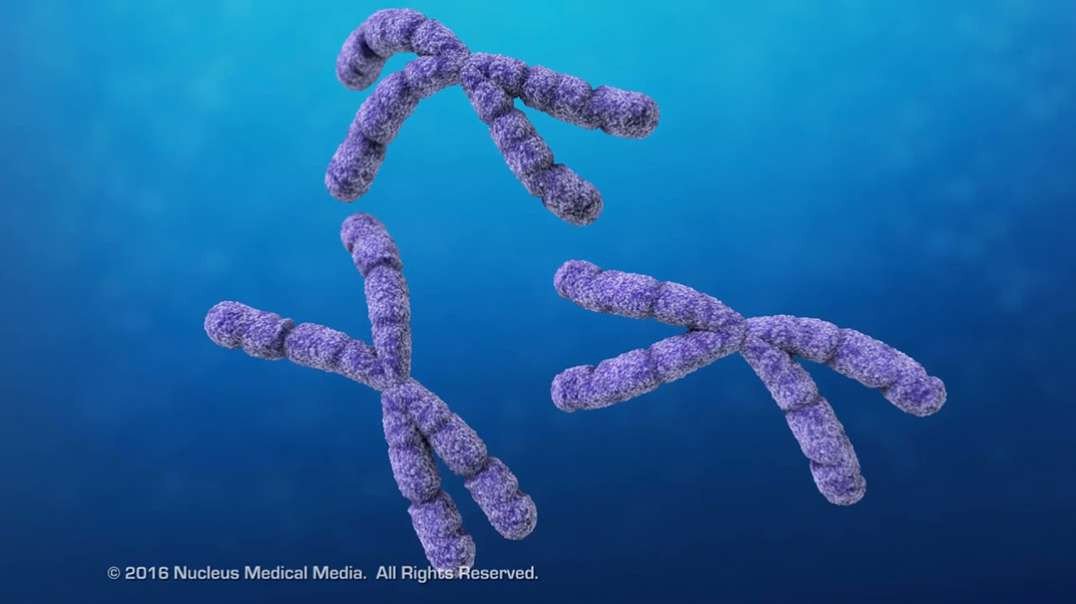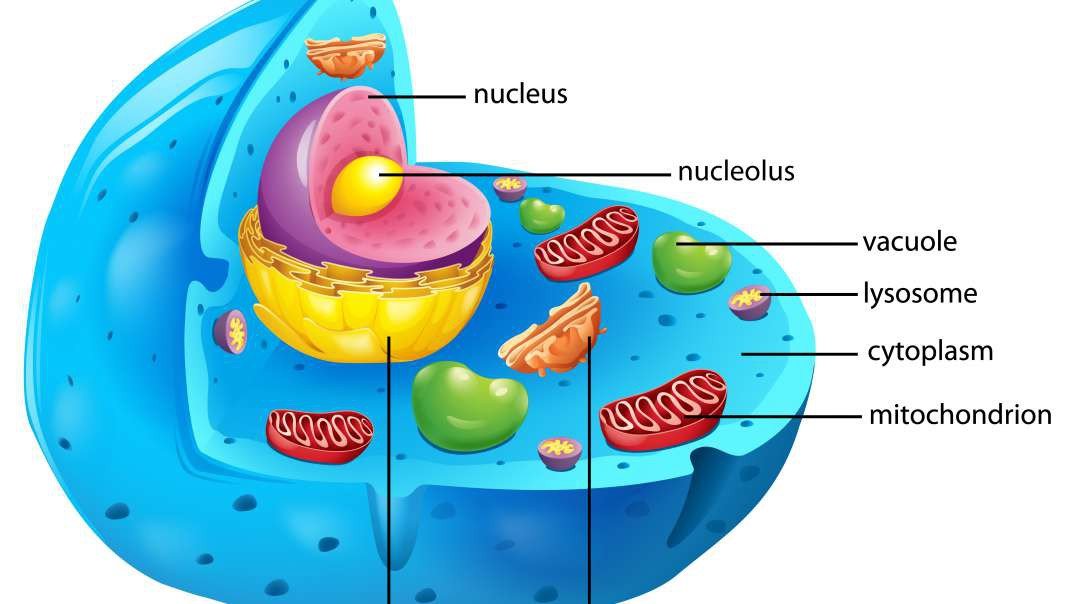
:
Animal Cell and its Organelles
The animal cell is the most basic unit of life in all “animals” including humans and insects. Yes, biologically, you are far more similar to an insect than you likely realized.
Let’s go through the major structures of the animal cell and touch briefly on the function of each.
We’ll start on the outside with the cell membrane. This is what separates the cell from the environment outside the cell. It is also known as the phospholipid bilayer and has various structures to allow for the inflow and outflow of water and other molecules and compounds.
Next is the Cytoplasm. The cytoplasm is everything within the confines of the cell membrane, including all organelles, proteins, and other structures. This is not the same as the cytosol, which is the fluid these organelles move around in.
The Golgi Apparatus or golgi body is the packaging and shipping center of the cell. It modifies molecules and proteins produced by the cell and sends them in vesicles to be shipped out of the cell.
Ribosomes are next and they are small structures throughout the cell made up of proteins and RNA. They are responsible for translating RNA into proteins for use in and out of the cell. They are found freely floating in the cell or bound to the endoplasmic reticulum, this is our next structure, and there are actually two types.
Rough endoplasmic reticulum aides in the production and storage of proteins that are made on the ribosomes attached to it. It’s these ribosomes that give it it’s “rough” texture and name. Proteins made in the rough ER and sent to the Golgi Apparatus.
Smooth endoplasmic reticulum or smooth ER does not contain ribosomes and is involved with the production of lipids and aides in detoxification.
The Nucleus in the center of the cell, not necessarily in location, but in function. This is where your DNA is stored and protected. The DNA is read by special proteins and transcribed into RNA to be translated into proteins. Information that comes out of the nucleus determines how the cell functions and, ultimately, how your genes are manifested.
The Mitochondria is the powerhouse of the cell. This is where cells and organisms get the energy to function. The mitochondria is the main producer of ATP, the energy currency of the cell.
The Cytoskeleton is the structure and framework of the cell. It contains a vast infrastructure of microtubules and microfilaments. It gives cells their shape and structural support.
The centrosomes are usually located near the nucleus and are responsible for the production of microtubules. They also play a critical role in mitosis, by moving to the ends of the cell and helping it divide.
I’ll throw in a few honorable mentions here that you will want to be aware of.
Lysosomes contain digestive enzymes and are responsible for recycling old molecules, proteins, and structures.
Vacuoles are membrane bound storage containers.
And Peroxisomes contain oxidative enzymes that also aid in digestion
